
Mate Rimac’s Next Big Idea Has Nothing To Do With Hypercars
Verne robotaxis could be the perfect mobility solution for those with diabilities

Verne robotaxis could be the perfect mobility solution for those with diabilities
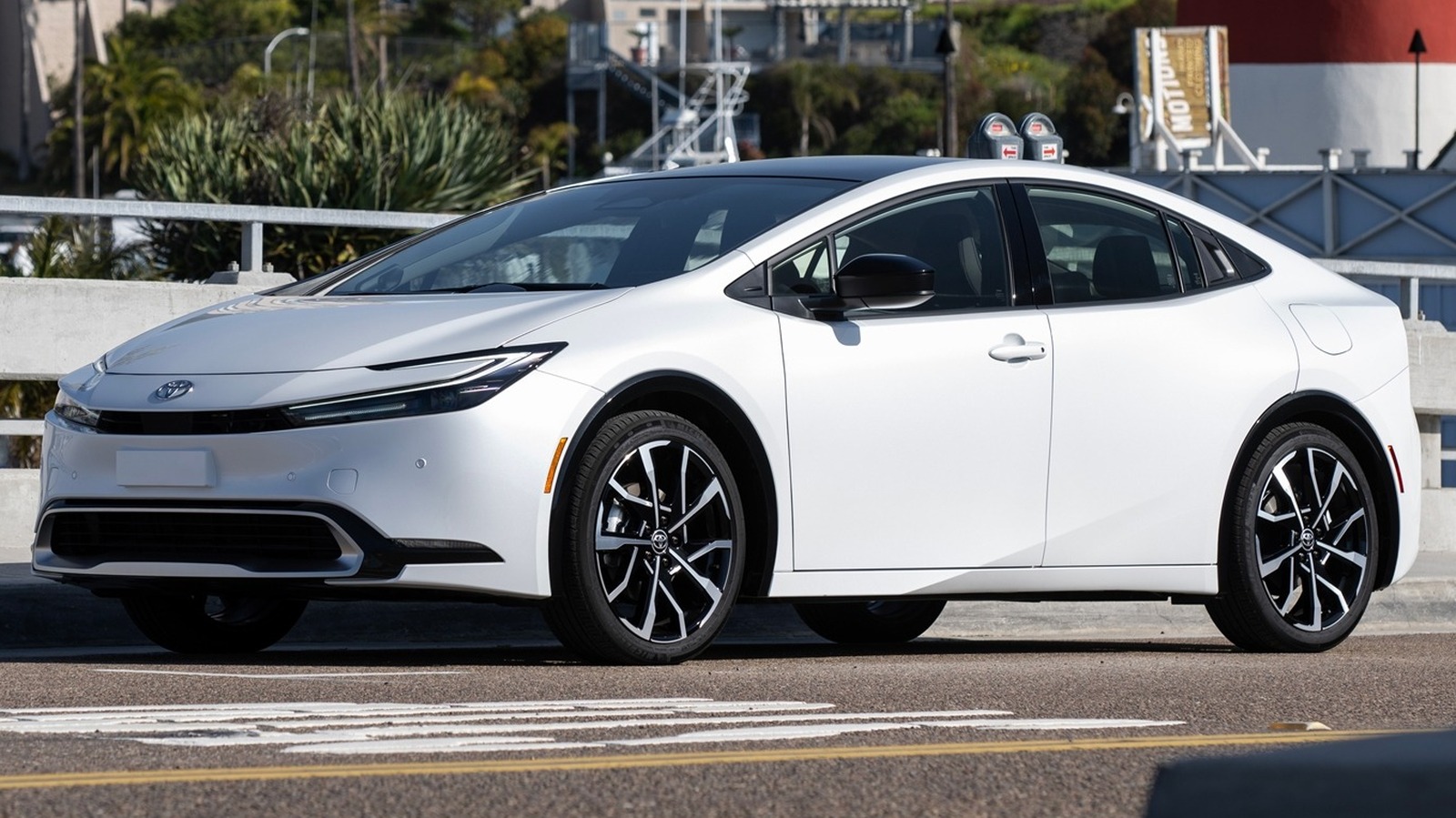
Toyota originally called the Prius Plug-in Hybrid the Prime. With the 2025 model year, this EV has dropped its "Prime" naming scheme for a simple reason.

The facelifted CLE Coupe has been spied ahead of a possible debut next year

We drive the length of Broadway through the Bronx and Manhattan to see if the EPA’s city rating of 50 mpg can be beaten while admiring the road’s history along the way.
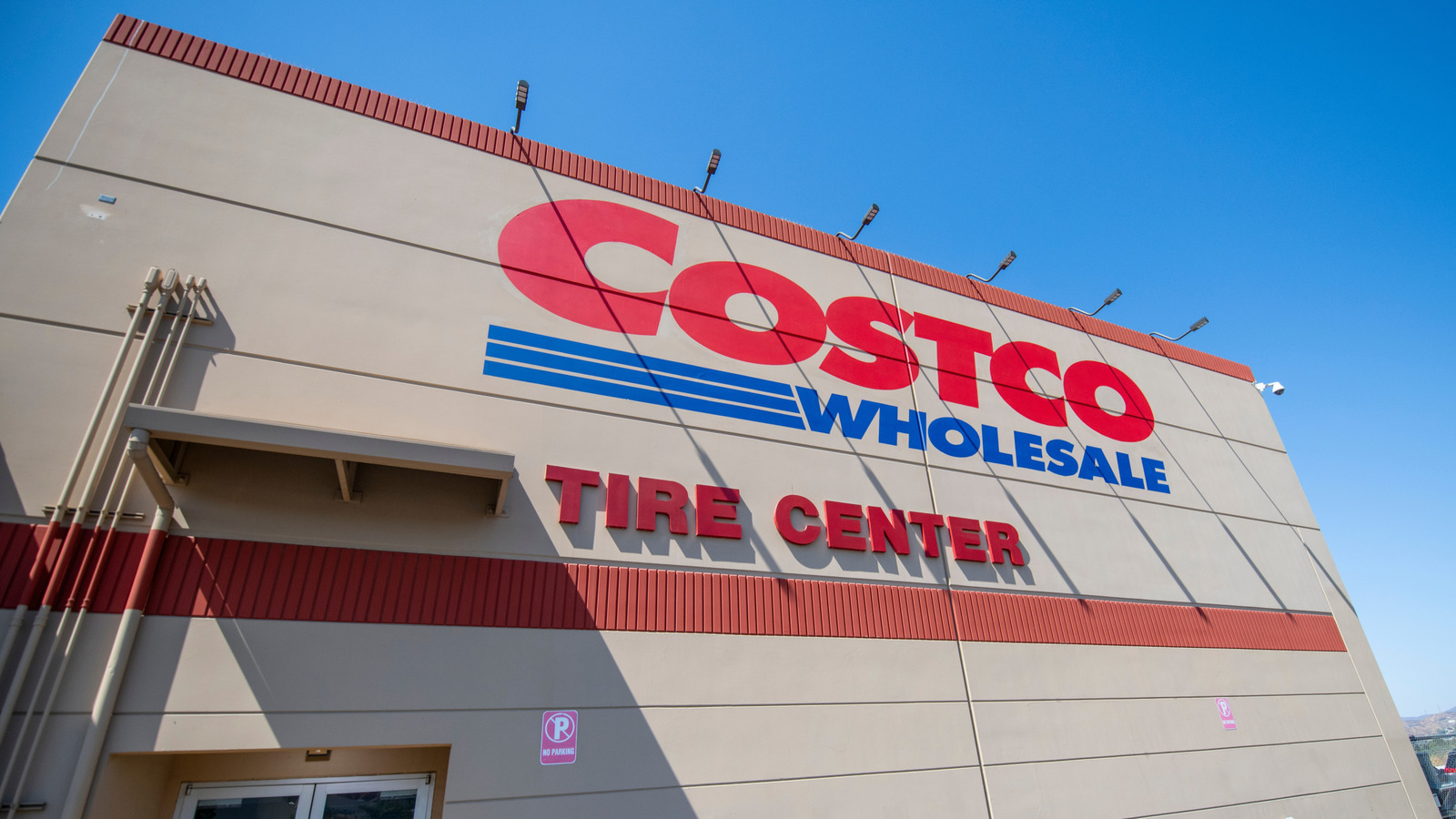
Costco and Sam's Club both offer memberships that allow buyers to shop for a variety of items, including tires. But which retailer has the best deals?

Honda thoroughly redesigned the Passport, blending off-road capability with on-road comfort.
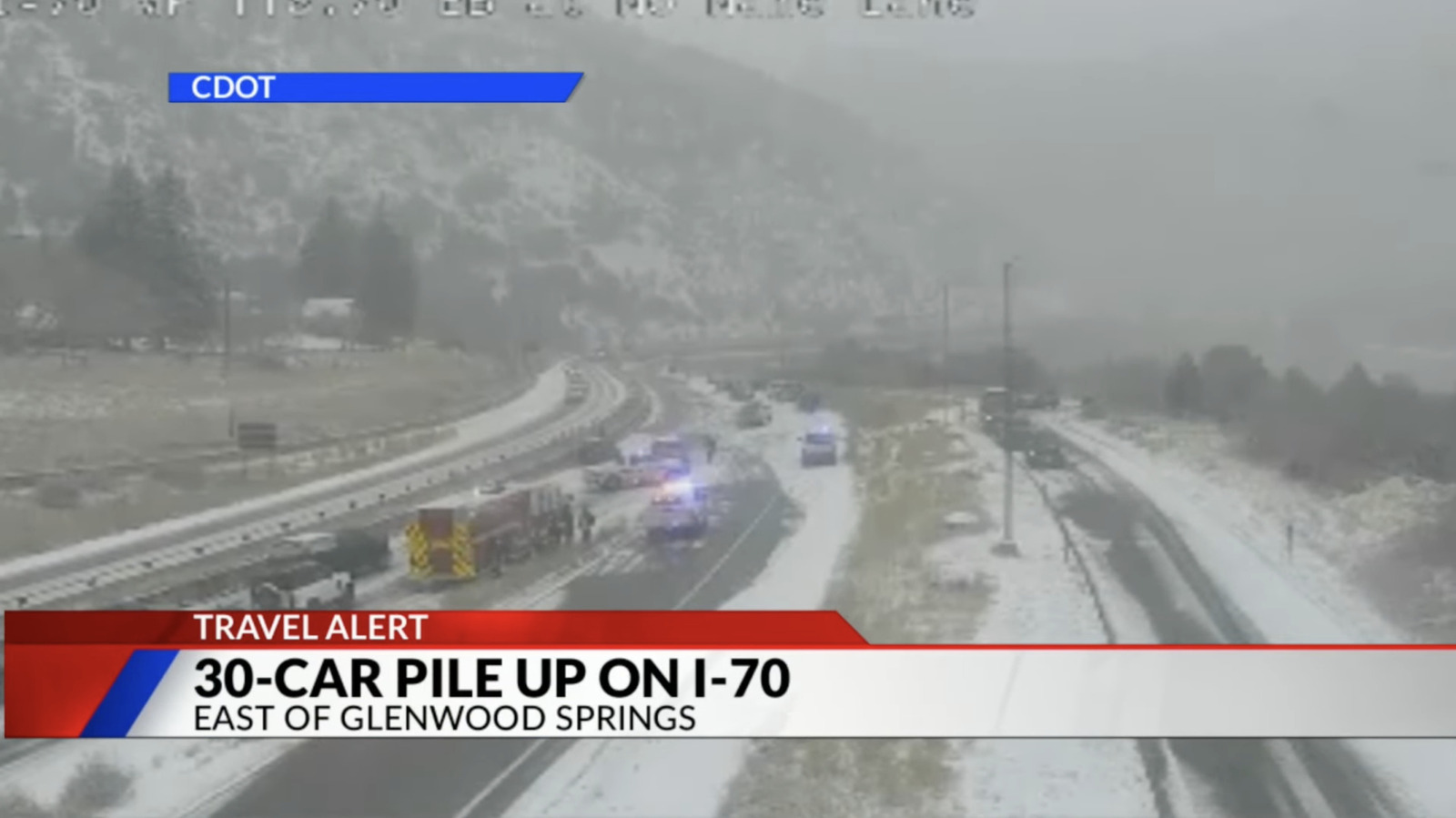
Officially, winter doesn't begin until December 21 this year. But as a freshman discovering weed for the first time might ask, what even is winter, really, man?

Jim Farley floats the idea of an affordable EV sedan, while acknowledging that Ford ended the Fusion to fund icons such as the Bronco and Maverick

Volvo's built-in booster seats have been available on some models in the United States since the 1990s. Parents have plenty to say about them.

Ford and its dealerships are accused of negligence in fatal hydrogen sulfide poisoning case

The new Cherokee has a nice cabin, but is it Jeep-y enough?
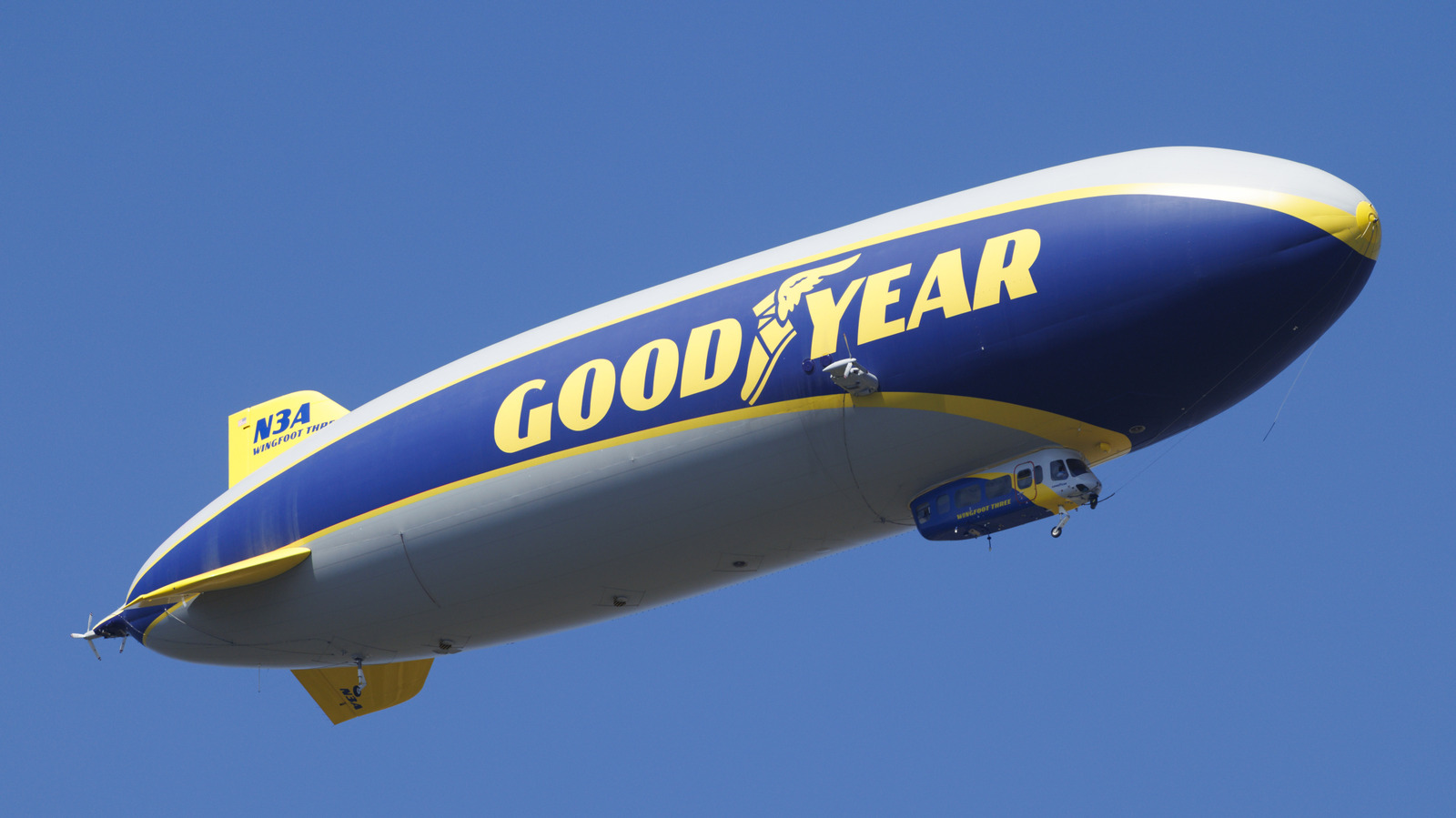
Goodyear is a whole lot bigger than the blimp - across all its brands, this conglomerate has grown into one of the biggest tire manufacturers in the world.

Automakers say destination charges cover the cost of getting cars to customers. So if you live next to the factory, does your destination fee drop to zero?

McLaren's refusal to back just one driver was a good idea, but its inability to work as a team is an unacceptable side effect.
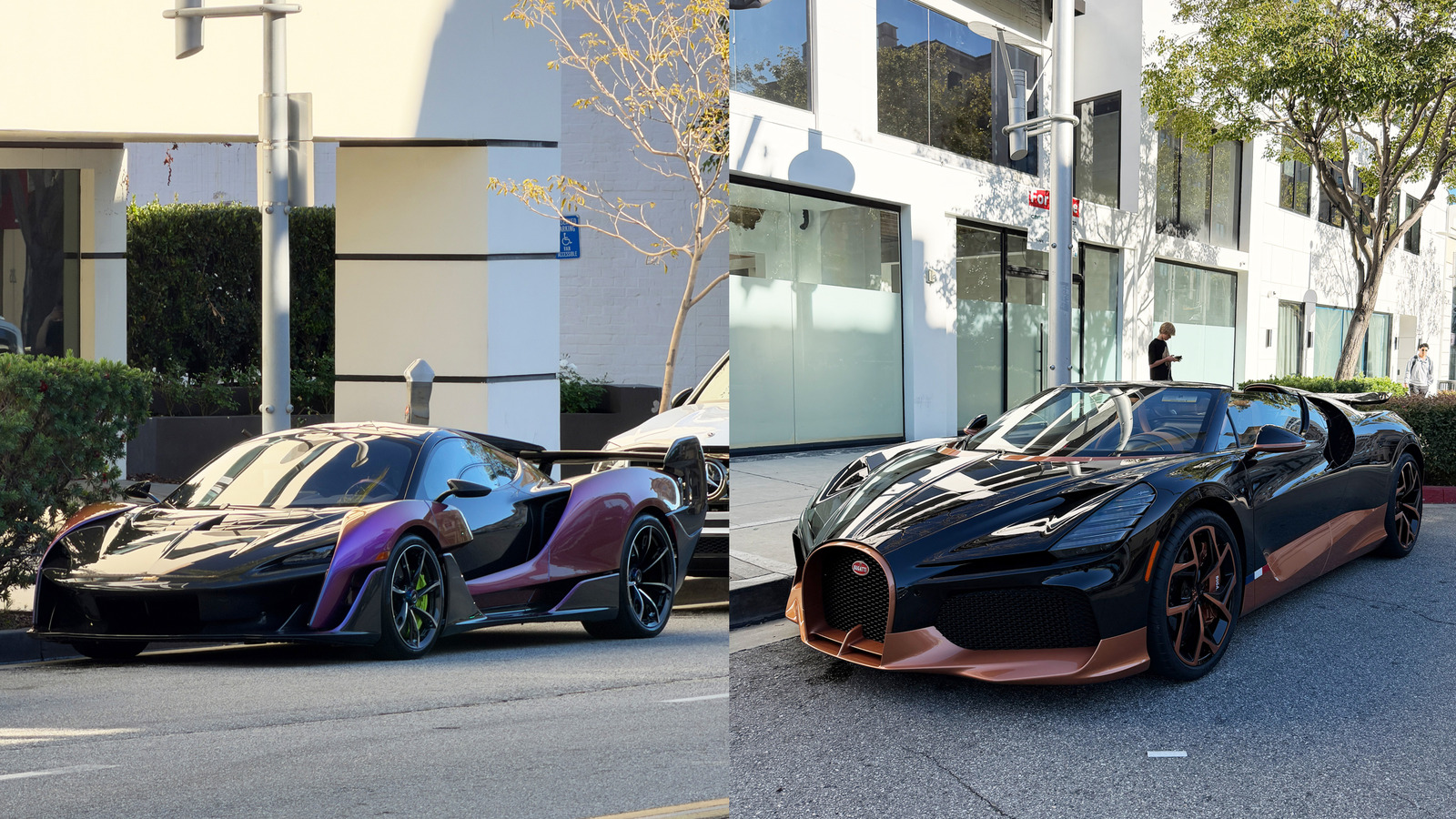
You really never know what kinds of cars you're going to spot in Beverly Hills.

This 1963 Ford Falcon gasser proves that affordable nostalgia is still a thing in hot-rodding. Here’s the good and the bad before it hits Mecum in Orlando.